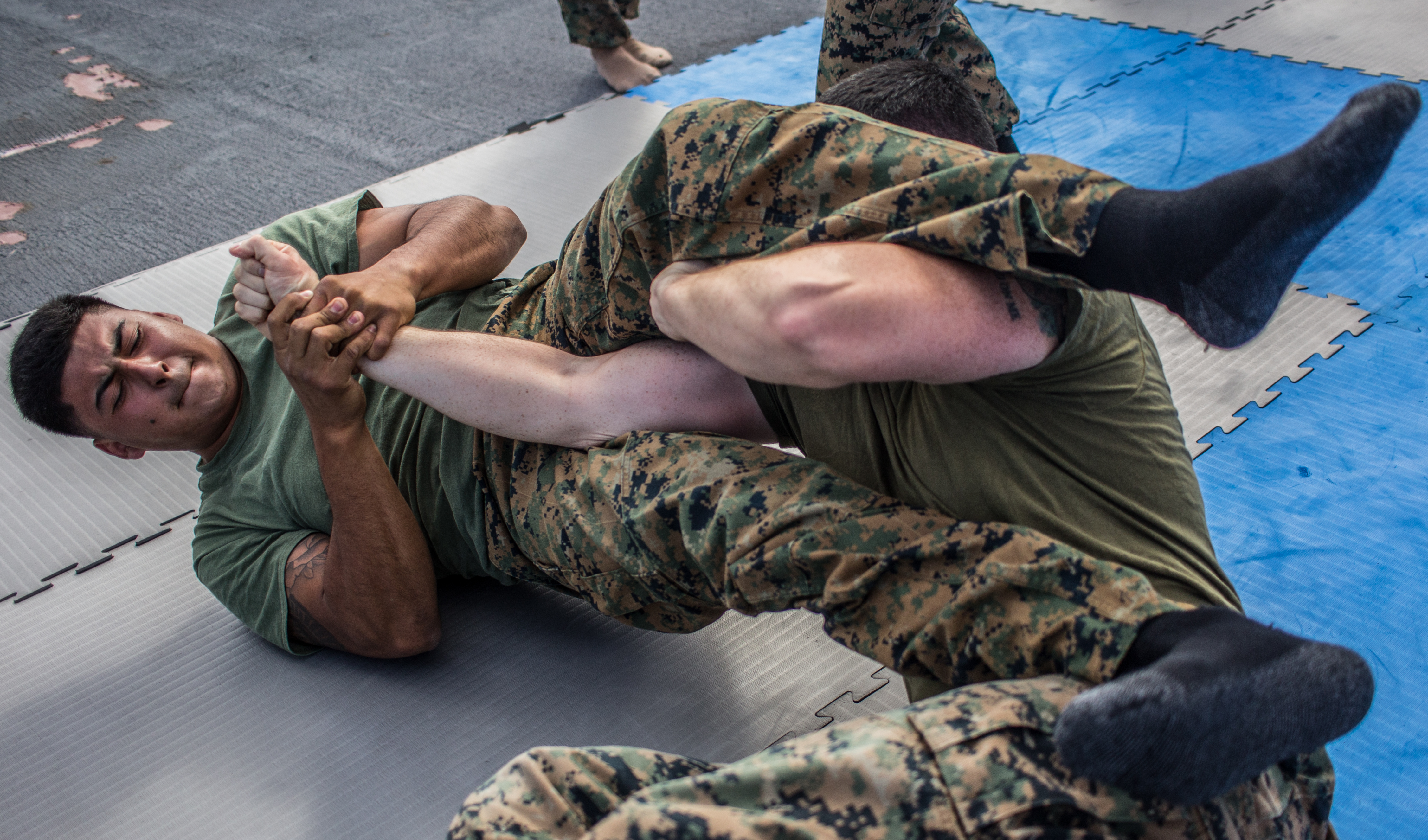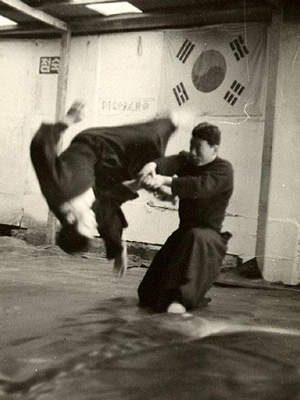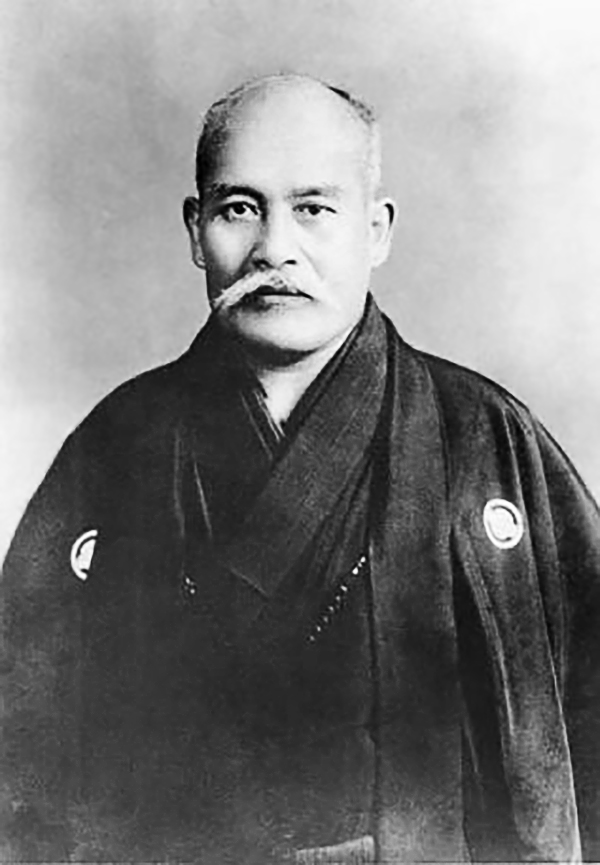|
Joint Lock
A joint lock is a grappling technique involving manipulation of an opponent's joints in such a way that the joints reach their maximal degree of motion and hyperextension. In judō these are referred to as (, "joint locking technique"Ohlenkamp, NeilClassification of Techniques in Kodokan Judo ''judoinfo.com''. Accessed February 26, 2006.) and in Chinese martial arts as '' qin na'', which literally means "catching and locking". In Korea these are referred to as (, joint skill) or (, joint breaking). Joint locks typically involve isolating a particular joint, levering it in an attempt to force the joint to move past its normal range of motion. Joint locks generate varying degrees of pain in the joints and, if applied forcefully and/or suddenly, may cause injury, such as muscle, tendon and ligament damage and even dislocation or bone fracture. In judo, the combining of standing locks with throws is forbidden due to the risk of physical harm to the falling opponent, while Braz ... [...More Info...] [...Related Items...] OR: [Wikipedia] [Google] [Baidu] |
Judo
is an unarmed gendai budō, modern Japanese martial art, combat sport, Olympic sport (since 1964), and the most prominent form of jacket wrestling competed internationally.『日本大百科全書』電子版【柔道】(CD-ROM version of Encyclopedia Nipponica, "Judo"). Judo was created in 1882 by Kanō Jigorō () as an eclectic martial art, distinguishing itself from its predecessors (primarily Tenjin Shin'yō-ryū, Tenjin Shinyo-ryu jujutsu and Kitō-ryū jujutsu) due to an emphasis on "randori" (, lit. 'free sparring') instead of alongside its removal of striking and weapon training elements. Judo rose to prominence for its dominance over Kodokan–Totsuka rivalry, established jujutsu schools in tournaments hosted by the Tokyo Metropolitan Police Department (警視庁武術大会, ''Keishicho Bujutsu Taikai''), resulting in its adoption as the department's primary martial art. A judo practitioner is called a , and the judo uniform is called . The objective of competitive ju ... [...More Info...] [...Related Items...] OR: [Wikipedia] [Google] [Baidu] |
Self-defense
Self-defense (self-defence primarily in Commonwealth English) is a countermeasure that involves defending the health and well-being of oneself from harm. The use of the right of self-defense as a legal justification for the use of Force (law), force in times of danger is available in many jurisdictions. Physical Physical self-defense is using physical force to counter an immediate threat of violence. Such force can be either armed or unarmed. In either case, the chances of success depend on various parameters, related to the severity of the threat on one hand, but also on the mental and physical preparedness of the defender. Unarmed Many martial arts styles are practiced for self-defense or include self-defense techniques. Some styles train primarily for self-defense, while other combat sports can be effectively applied for self-defense. Some martial arts teach how to escape from a knife or gun situation or how to break away from a punch, while others teach how to attack. ... [...More Info...] [...Related Items...] OR: [Wikipedia] [Google] [Baidu] |
Martial Arts
Martial arts are codified systems and traditions of combat practiced for a number of reasons such as self-defence; military and law enforcement applications; combat sport, competition; physical, mental, and spiritual development; entertainment; and the preservation of a nation's intangible cultural heritage. The concept of martial arts was originally associated with East Asian tradition, but subsequently the term has been applied to practices that originated outside that region. Etymology "Martial arts" is a direct English translation of the Sino-Japanese word (, ). Literally, it refers to "武 martial" and "芸 arts". The term ''martial arts'' was popularized by mainstream popular culture during the 1960s to 1970s, notably by Hong Kong action cinema, Hong Kong martial arts films (most famously those of Bruce Lee) during the so-called "chopsocky" wave of the early 1970s. According to John Clements, the term '':wikt:martial art, martial arts'' itself is derived from an older ... [...More Info...] [...Related Items...] OR: [Wikipedia] [Google] [Baidu] |
Wristlock
A wristlock is a joint lock primarily affecting the wrist-joint and, in some cases, the radioulnar joints through rotation of the hand. A wristlock is typically applied by grabbing the opponent's hand, and bending and/or twisting it. Wristlocks are very common in martial arts such as chin-na, aikido, hapkido and jujutsu where they are featured as self-defense techniques. They are also used as submission holds in martial arts such as Brazilian jiu-jitsu (where the most common name is ''mão de vaca'', "the cow's hand") and catch wrestling. While being an illegal technique in modern sambo and judo competitions, it is still practiced in judo forms of self-defense kata kōdōkan goshinjutsu. Wristlocks are also widely used as pain compliance holds, often in police, military, and residential treatment centers. The wristlock is a technique that can be applied from a stand-up position, simply by grabbing the opponent's hand and twisting and/or bending it in a non-natural direc ... [...More Info...] [...Related Items...] OR: [Wikipedia] [Google] [Baidu] |
Spinal Lock
In combat sports, a spinal lock is a multiple joint lock applied to the spinal column, which is performed by forcing the spine beyond its normal ranges of motion. This is typically done by bending or twisting the head or upper body into abnormal positions. Commonly, spinal locks might strain the spinal musculature or result in a mild spinal sprain, while a forcefully and/or suddenly applied spinal lock may cause severe ligament damage or damage to the vertebrae, and possibly result in serious spinal cord injury, stroke, or death. Spinal locks and cervical locks are forbidden in all gi competitions, IBJJF Brazilian jiu-jitsu competitions, amateur mixed martial arts (MMA), multiple forms of no Gi jiu-jitsu, judo, and other martial arts. However, professional MMA, some no gi Brazilian jiu-jitsu competitions and one gi & no gi promotion (grappling industries) does permit spinal locks. Spinal locks can be separated into two categories based on their primary area of effect on the s ... [...More Info...] [...Related Items...] OR: [Wikipedia] [Google] [Baidu] |
Small Joint Manipulation
Small joint manipulation, in grappling, refers to twisting, pulling or bending fingers, toes, wrists and ankles to cause joint locks in the various joints in those appendages. Technique Most small joint manipulation is done on the hands or feet to hyperextend joints as part of a pain compliance strategy. The basic techniques of small-joint manipulation involve grabbing and bending back one or more fingers/toes and by applying pressure to the wrist/ankle joints that disrupt the interconnectivity of the system of smaller joints within. If pain compliance does not work, such hyperextension can tear tendons in the wrist or break the smaller bones in the hands and feet. The leverage needed for such joint manipulation is comparatively small and creates a distinct advantage over techniques in martial arts that require the exertion of large amounts of force, thus small joint manipulation can allow a weaker person, with the right training, to control a stronger one. Small joint man ... [...More Info...] [...Related Items...] OR: [Wikipedia] [Google] [Baidu] |
Leglock
A leglock is a joint lock that is directed at joints of the human leg, leg such as the ankle, knee or hip joint. A leglock which is directed at joints in the foot is sometimes referred to as a foot lock and a lock at the hip as a hip lock. Leglocks are featured, with various levels of restrictions, in combat sports and martial arts such as Sambo (martial art), Sambo, Brazilian Jiu-Jitsu, catch wrestling, mixed martial arts, Shootwrestling and submission wrestling, but are banned in some sports featuring joint locks such as judo. The technique has been seen across a wide range of different combat sports and is reportedly over 2,500 years old, having been seen in the lost art of Pankration in the original Olympic Games. As with other jointlocks, leglocks are more effective with full body :wikt:leverage, leverage. Some attack the large joints of the knee or hip and involve utilizing leverage to counteract the larger muscle groups, while others directly attack ligaments in the knee or ... [...More Info...] [...Related Items...] OR: [Wikipedia] [Google] [Baidu] |
Armlock
An armlock in grappling is a single or double joint lock that Anatomical terms of motion#General motion, hyperextends, hyperflexes or hyperrotates the elbow, elbow joint or glenohumeral joint, shoulder joint. An armpit lock is very useful; it will immobilize an opponent and pin them on the ground. An armlock that hyperextends the elbow is known as an armbar, and it includes the traditional armbar (pressing the elbow against the thigh or hips), the shoulder triangle armbar (where a Figure-four (grappling hold), figure-four is locked with the legs), and the shotgun armbar (where the opponent's wrist is placed in the armpit, using the forearm as a fulcrum). An armlock that hyper-rotates the arm is known as an armcoil, and includes the Americana, kimura, and omaplata. Depending on the joint flexibility (anatomy), flexibility of a person, armcoils can either hyperrotate only the shoulder joint, only the elbow joint, or both the elbow joint and shoulder joint. Obtaining an armlock req ... [...More Info...] [...Related Items...] OR: [Wikipedia] [Google] [Baidu] |
Hapkido
Hapkido ( , , ), also spelled ''hap ki do'' or ''hapki-do'' is a Korean martial art. It is a hybrid form of self-defense that employs joint locks, grappling, chokeholds, throwing techniques, kicks, punches, and other striking attacks. It also teaches the use of traditional weapons, including knife, sword, rope, nunchaku (ssang juhl bong), cane (ji pang ee), short stick (dan bong), and middle-length Stick fighting, staff (joong Bō, bong), Gun (staff), gun (analogous to the Japanese jō), and bō (Japanese), which vary in emphasis depending on the particular tradition examined. Hapkido employs both long-range and close-range fighting techniques, utilizing jumping kicks and percussive hand strikes at longer ranges, and pressure point strikes, joint locks, and Throw (grappling), throws at closer fighting distances. Hapkido emphasizes circular motion, redirection of force, and control of the opponent. Practitioners seek to gain advantage over their opponents through footw ... [...More Info...] [...Related Items...] OR: [Wikipedia] [Google] [Baidu] |
Aikido
Aikido ( , , , ) is a gendai budō, modern Japanese martial art which is split into many different styles including Iwama Ryu, Iwama Shin Shin Aiki Shuren Kai, Shodokan Aikido, Yoshinkan, Renshinkai, Aikikai, and Ki Aikido. Aikido is now practiced in around 140 countries. It was originally developed by Morihei Ueshiba, as a synthesis of his martial studies, philosophy and religious beliefs. Ueshiba's goal was to create an art which practitioners could use to defend themselves against attacks, while also protecting the attackers from injury. Aikido is often translated as "the way of unifying (with) Qi, life energy" or as "the way of harmonious spirit". According to the founder's philosophy, the primary goal in the practice of aikido is to overcome oneself instead of cultivating violence or aggressiveness. Morihei Ueshiba used the phrase to refer to this principle. Aikido's fundamental principles include: (entering), , (breathing control), (triangular principle), and (turn ... [...More Info...] [...Related Items...] OR: [Wikipedia] [Google] [Baidu] |








